In order for the vine to be decorated with heavy, juicy bunches of berries in the fall, you should take care of the vineyard in early spring. The main rule is timely fertilizing, containing the most necessary substances for grapes to grow strong and fill with exquisite ripeness at the right time.

Signs of a substance deficiency
Theoretically, if the necessary fertilizers were applied during planting, young grapes do not need feeding for 3 years. But also every spring you need to evaluate the condition of the plants, because some features of the appearance of the bushes directly indicate a lack of specific elements:
- faded, unnaturally light foliage - nitrogen;
- chocolate spots on bright green leaves - phosphorus;
- brown edging of leaves - potassium;
- yellowish leaves with pronounced green veins - iron.
And if the base of the vine is “decorated” with rot while the plant is generally healthy, this indicates a lack of sulfur.
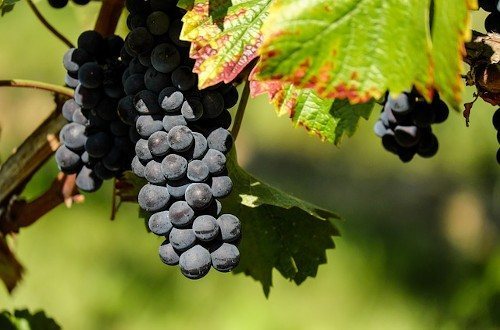
Terms of fertilizing
The spring time for caring for grapes is marked by three mandatory feedings:
- the first - from the end of March to mid-April, when the bushes are still “sleeping”;
- the second - from May 10 to 20, plus you need to manage it 2 weeks before flowering, that is, the application occurs when the germs of the clusters appear;
- the third - from the end of May to the beginning of June, shortly after fruit set.
Fertilizers applied “on a schedule” should be the strongest, plus light organic fertilizers can be added between them.
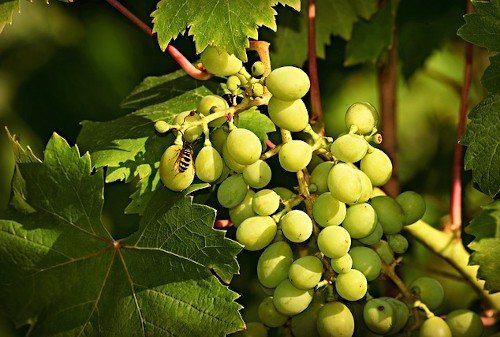
Fertilizing methods
Foliar feeding always only complements the root feeding and requires compliance with a number of strict rules:
- spraying is carried out on a dry leaf when the weather forecast is when there is no rain for another day in advance. This is necessary so that valuable substances have time to be absorbed;
- Irrigation with fertilizing is carried out in the evening so that the drops do not serve as “magnifying glasses” for the sun’s rays.
There are two types of root dressings:
- dry, often granular, which are applied under the bush before watering;
- liquid, poured into the surrounding bush, a ditch 30–50 cm deep, which is then covered with earth.
You can also bury a pipe under the bush that goes to a depth of 40–60 cm in order to quickly supply funds to the root system. But if a lot of grapes are planted on the plot, it is better to abandon such inventions in order to avoid difficulties with operation and care.
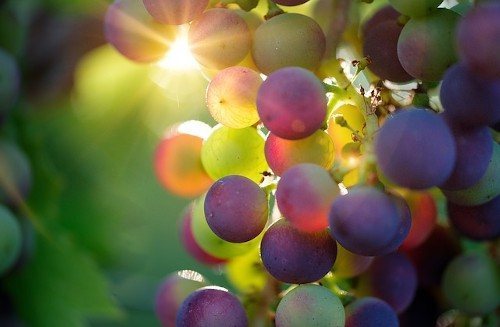
Organic spring fertilizers
Their main advantages are their low cost and environmental friendliness, which does not harm humans, the nutritional qualities of the grapes themselves, or the environment.
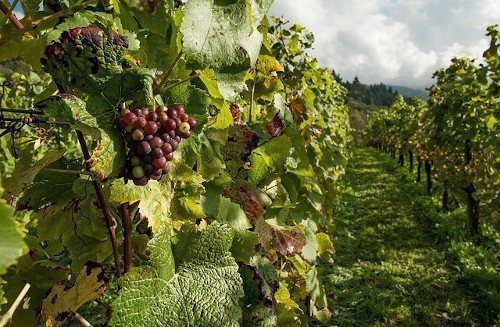
Yeast water
Having opted for this fertilizer, you should not expect that the grapes will grow by leaps and bounds - in themselves they are practically useless for them, because there is no goal to achieve colorful, decorative flowering of the bushes. But yeast is a powerful stimulator of the decomposition of organic substances, which makes it possible to prepare home remedies that resemble EM preparations.
To prepare a fertilizer that increases the immunity of grapes and accelerates the growth of green mass in the spring, you need:
- heat 1 liter of milk or whey to +25...40 °C;
- pour 10 g of dry yeast into the liquid;
- after 2 hours, add 1 kg of bread crumbs and add water, bringing the volume to 5 liters;
- Cover the container with a lid and put it in a warm place for 1 day, during which time stirring 2-3 times.
To use the product, 200 g of solution must be diluted with 5 liters of water for 1 bush. It is enough to use this remedy 2 times per spring.
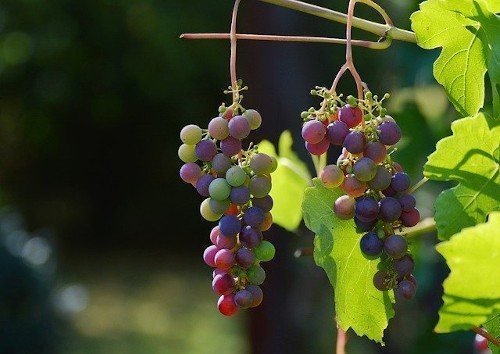
Herbal cocktail
Experienced winegrowers know that the best “inventor” is often nature itself. A striking example of this is green manure made from legumes, which can restore soil fertility in less than a season. And weeds can improve the condition of grapes.
Dandelion, burdock, nettle, plantain and much more - all this needs to be uprooted and placed in a suitable container, for example, a plastic canister. With a volume of 200 liters, you can prepare a solution for about 30–40 grape bushes.
When the container is 50–75% filled with compacted greens, it should be filled almost to the top with water and covered with a lid. She should stand in the sun.
Theoretically, a natural process will then begin, which will end in about 2 weeks with the readiness of feeding. Its appearance is explained by the fact that in conditions without air access, specific bacteria multiply in plant residues and nitrogen is released, the content of which “green cocktail” surpasses even traditional compost. Plus, with this fertilizing, the grapes receive valuable acids - succinic, propionic and formic, which can influence the formation of bunches in the future.
You can often find recipes for herbal infusions with the addition of the drug “Baikal EM-1”.It is indeed effective, but not in this capacity. The fact is that it not only enhances the fermentation of the herbal “cocktail” and reduces its pronounced unpleasant odor, but also triggers the process of formation of lactic acid, which suppresses many microorganisms useful for cultivated plants.
To use the herbal infusion, it must be diluted with clean water in proportions of 1:4 or 1:5, using 2 buckets of the finished infusion for each grape bush. The advantage of the product is that it can be applied every 4-5 weeks from spring to autumn, combined with any other fertilizers.
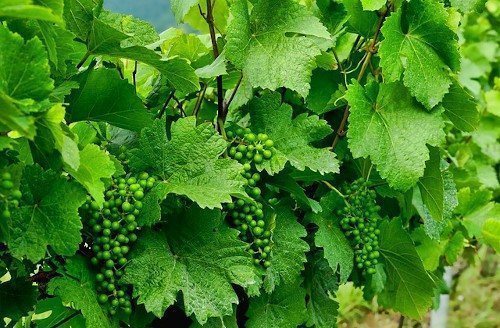
Slurry
One of the oldest fertilizers, manure, has not yet been surpassed by any chemical industry. This product has a complex effect on grapes:
- promotes the growth of the root system;
- increases the plant's adaptability to adverse weather conditions;
- prevents the development of rot that affects the stems.
According to the simplest recipe, it is enough to dilute the manure with water in a ratio of 1:2 and leave for 10 days in a warm place. This time is enough for the fermentation processes to transform it into a life-giving elixir even for those grape bushes that have been weakened, for example:
- improper pruning;
- cold snowless winter.
Then you need to dilute the infusion with water in a ratio of 1:6 and use it for watering, spending 10 liters per bush. During the spring, only 2 such feedings are enough for grapes.
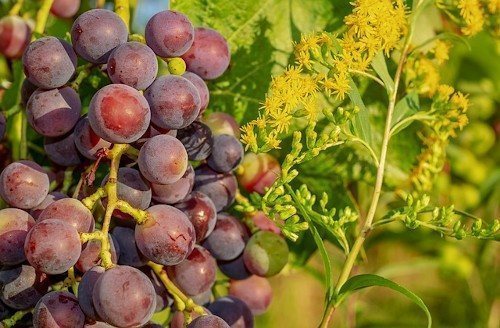
To summarize, it is important to note that when applying fertilizers for grapes at any time, you should not exceed the recommended dosages, because more does not mean better in relation to this crop.An excess of a number of substances weakens the grapes, reduces yields and deteriorates the quality of the berries.


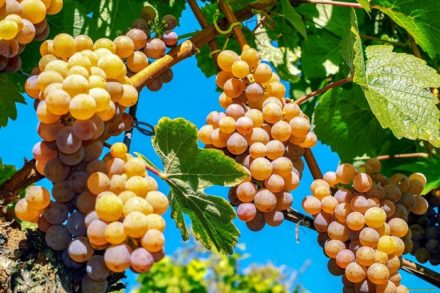
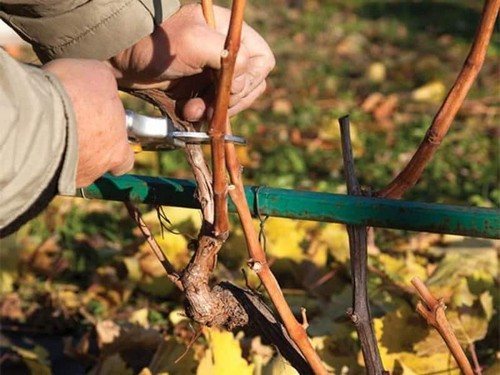

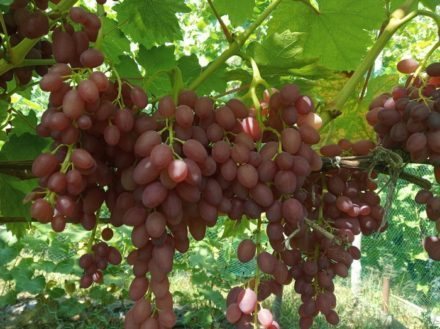
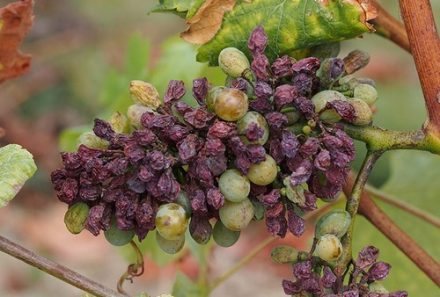
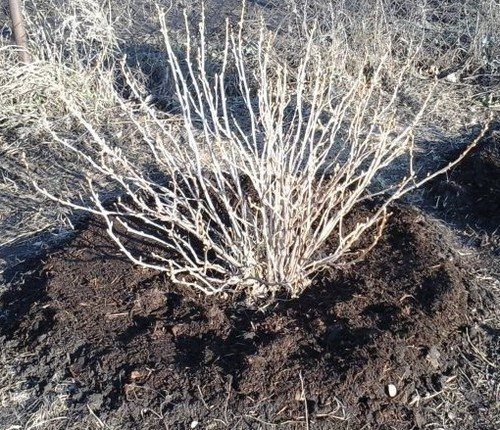
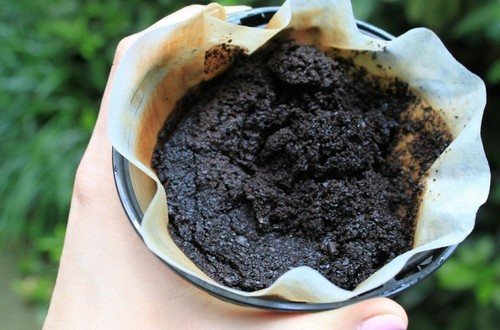
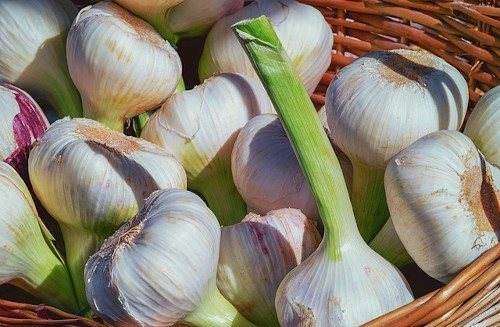
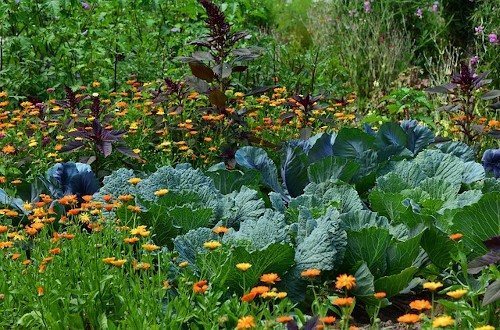
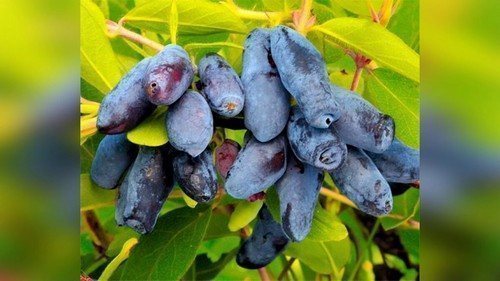

Even in the south, grapes bloom in June, and in the middle zone not earlier than the 2nd decade of June, so the ovaries in late May-early June is a fantasy, unless, of course, the video was not made for Turkey. Such minor mistakes reduce confidence in the channel as a whole, although all other recommendations are correct.